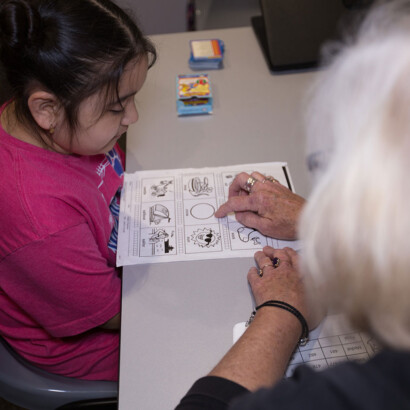Anxiety is a normal part of life. Everyone will experience stress or worry at some point, and it’s completely normal and common to worry about issues affecting one’s health, career, finances, family, and relationships. However, this type of anxiety generally fades shortly after the problems are resolved or disappear.
Anxiety disorders, on the other hand, are a more chronic and often debilitating issue that do not always correlate with external factors. In fact, instead of going away, anxiety disorders can actually get worse over time, and often interfere with the ability to perform daily tasks. Eventually, they can negatively impact relationships and performance at work. There are many types of anxiety disorders, including generalized anxiety disorder (GAD), obsessive-compulsive disorder (OCD) and various phobias.

